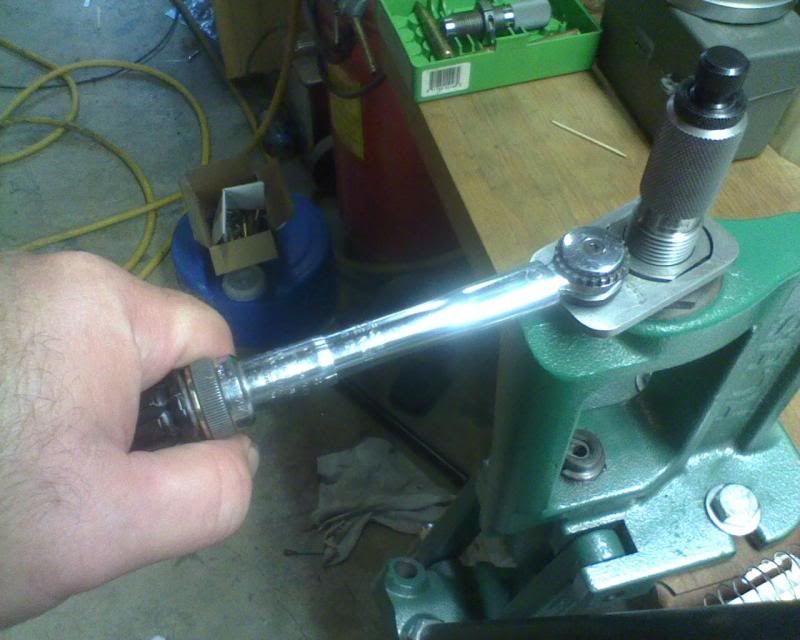I am planning out how to reload 338 Lapua. The 338 Lapua cartridge overall length can be 3.67" or more (as high as 3.85"?). But, I also need to allow for (1) the case holder, and (2) the sleeve projection from a Redding Competition micrometer seating die. This all suggests a press with a (a) throat opening and (b) ram stroke somewhere north of 4".
I need compactness (we live fulltime in an RV) and the ability to clamp and unclamp the press easily and quickly from a work bench (it cannot stay there "permanently" between loading sessions).
I am thinking that a single stage non-turret press could potentially provide that kind of throat and movement range while also eliminating the slight variability of a turret press. A turret press requires at least SOME clearance to be able to rotate, and probably can vary in COAL just a tiny bit depending upon how much force you bottom it with each stroke (consistency). I don't mind swapping out the sizing and seat dies as needed.
What makes me hesitate though is I am not sure how consistent the die height in the press is when you remove and then reinsert it.
I am tempted to think that since a standard 7/8-14 TPI die thread moves only .0714" per complete 360 degree rotation, an error of even 5 degrees in re-threading it into the press would change its height only .001". So, if you mark the both the "perfectly adjusted" die and the press with alignment marks,before you un-thread the die, and make sure the lock ring is tight on the die, when you re-install it I would THINK you should be able to get awfully close to perfect alignment of the 2 marks, and therefore, awfully close to that perfect adjustment you had made last time you used the die.
Is that the case? Or, do you have to re-adjust despite the above "theory".
Jim G
I need compactness (we live fulltime in an RV) and the ability to clamp and unclamp the press easily and quickly from a work bench (it cannot stay there "permanently" between loading sessions).
I am thinking that a single stage non-turret press could potentially provide that kind of throat and movement range while also eliminating the slight variability of a turret press. A turret press requires at least SOME clearance to be able to rotate, and probably can vary in COAL just a tiny bit depending upon how much force you bottom it with each stroke (consistency). I don't mind swapping out the sizing and seat dies as needed.
What makes me hesitate though is I am not sure how consistent the die height in the press is when you remove and then reinsert it.
I am tempted to think that since a standard 7/8-14 TPI die thread moves only .0714" per complete 360 degree rotation, an error of even 5 degrees in re-threading it into the press would change its height only .001". So, if you mark the both the "perfectly adjusted" die and the press with alignment marks,before you un-thread the die, and make sure the lock ring is tight on the die, when you re-install it I would THINK you should be able to get awfully close to perfect alignment of the 2 marks, and therefore, awfully close to that perfect adjustment you had made last time you used the die.
Is that the case? Or, do you have to re-adjust despite the above "theory".
Jim G



